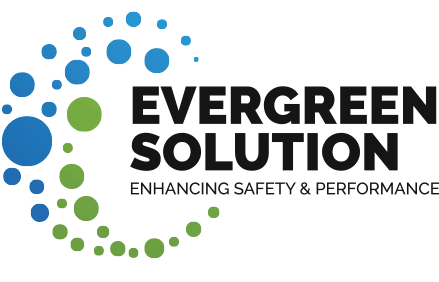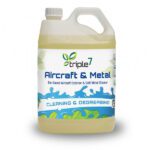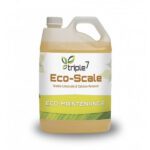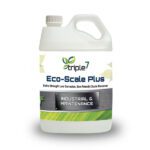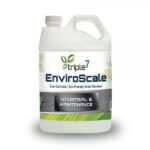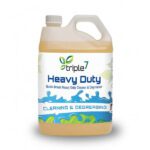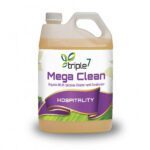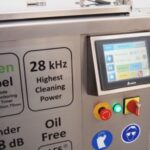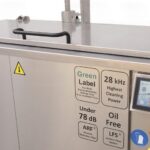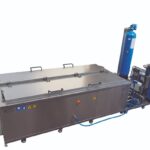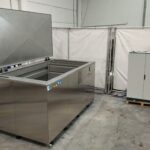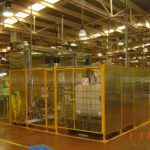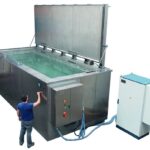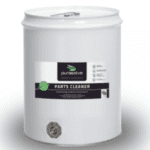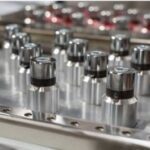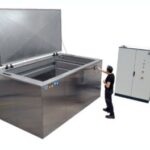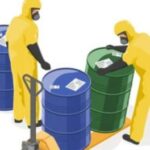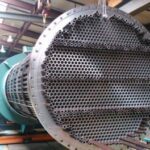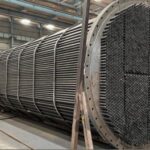Table of Contents
Introduction
As the need for sustainable industrial practices grows, water-efficient systems for heat exchanger cleaning are more important than ever. Heat exchangers, which transfer heat between fluids, are vital in industries like power generation, food processing, and chemical production. However, their efficiency can decrease over time due to scale buildup, fouling, or corrosion. Cleaning these exchangers regularly is essential, but it can be a resource-intensive process, particularly when it comes to water usage.
With rising concerns about water conservation and increasing environmental regulations, industries are turning to automated cleaning systems. These not only improve the efficiency of heat exchanger maintenance but also significantly reduce water consumption.
In this blog, we’ll explore different water-efficient automated cleaning options for heat exchanger maintenance. Whether you’re dealing with large-scale systems or smaller industrial exchangers, choosing the right process is essential for balancing operational efficiency and environmental responsibility.
Why Water Efficiency Matters in Heat Exchanger Cleaning
Before diving into the options for automated cleaning systems, it’s essential to understand why water efficiency is so crucial.
Water is one of the primary cleaning agents used to remove scale, dirt, and other contaminants from heat exchangers. However, traditional cleaning methods can be highly water-intensive. With global water scarcity becoming a pressing issue, industries must look for ways to minimize water usage without sacrificing the quality of heat exchanger maintenance.
Automated systems allow for more controlled and precise cleaning, ensuring that water is used only where it’s needed, and in optimal amounts. This results in:
- Reduced water waste: By controlling water flow and timing, automated systems help cut down on the amount of water required.
- Lower operating costs: Water-efficient systems reduce both water and energy usage, leading to significant cost savings.
- Sustainability compliance: Many industries must meet strict environmental regulations, including water use guidelines. Automated systems help achieve this by using resources more efficiently.
With that in mind, let’s look at the water-efficient options available.
Option 1: High-Pressure Water Jetting with Automated Control
One of the most commonly used methods for heat exchanger cleaning is high-pressure water jetting. This process involves using water at very high pressures to dislodge and remove scale and contaminants from the heat exchanger’s surfaces. However, without proper control, it can be extremely wasteful in terms of water use.
Automated high-pressure water jetting systems have changed that. These systems allow for:
- Precision targeting: Automated systems ensure that the water jetting is applied exactly where it’s needed, minimizing the overuse of water.
- Timed cleaning cycles: The system can be programmed to clean for an optimal amount of time, avoiding prolonged water use.
- Water recycling: Some systems incorporate water recycling mechanisms, reducing the overall volume of fresh water required.
This method is ideal for industries with heavy fouling, as it offers powerful cleaning without unnecessary water waste.
In summary: Automated high-pressure water jetting systems are a great choice for industries dealing with tough scale and buildup, offering powerful cleaning with water-efficient control.
Option 2: Automated Chemical Cleaning with Minimal Water Usage
Another effective method for exchanger maintenance is automated chemical cleaning. In this process, a chemical solution is circulated through the heat exchanger to dissolve scale and deposits. While chemical cleaning can be water-intensive during the rinsing phase, newer automated systems help minimize water usage.
Here’s how:
- Precise chemical application: Automated systems control the amount of chemical used, ensuring that no excess solution is applied, which reduces the need for extensive rinsing.
- Optimized rinse cycles: The rinsing process is automated, using the exact amount of water needed to flush the chemicals without wasting water.
- Water reuse: Many systems include a water recycling phase, where the rinse water is cleaned and reused for the next cycle.
In summary: Automated chemical cleaning systems provide a balance of efficiency and water conservation, making them a great option for industries dealing with moderate to severe fouling.
Option 3: Automated Ultrasonic Cleaning for Heat Exchanger Maintenance
Ultrasonic cleaning has gained popularity as a highly water-efficient method for heat exchanger maintenance. This process uses high-frequency sound waves to agitate a cleaning solution, which removes dirt, scale, and fouling without relying on large volumes of water.
In an automated cleaning system, ultrasonic technology can offer the following benefits:
- Minimal water use: Ultrasonic cleaning typically uses significantly less water than traditional methods. The water or cleaning solution is often reused in multiple cycles.
- Effective for delicate surfaces: This method is ideal for heat exchangers with more delicate components, as it doesn’t rely on the mechanical force of water jets or chemical abrasiveness.
- Precise control: Automated ultrasonic systems ensure that the cleaning is consistent and efficient, with water use optimized for the size and type of heat exchanger.
In summary: Ultrasonic cleaning is an excellent water-efficient option for heat exchanger maintenance, especially for systems that need gentle yet thorough cleaning.
Option 4: Hybrid Automated Systems with Water Conservation Features
In some cases, a hybrid system may be the best solution for heat exchanger cleaning. These systems combine multiple cleaning methods—such as high-pressure water jetting, chemical cleaning, and ultrasonic cleaning—to offer comprehensive maintenance.
Hybrid systems are designed to be highly adaptable, adjusting the cleaning process based on the type of fouling and the condition of the heat exchanger. The water efficiency benefits of hybrid systems include:
- Customized cleaning cycles: The system uses the right amount of water and cleaning agents depending on the type of scale, optimizing resource use.
- Integrated water recycling: Hybrid systems often come with advanced water recycling capabilities, ensuring that every drop of water is reused whenever possible.
- Reduced downtime: By using the most effective cleaning method for each situation, hybrid systems can reduce overall cleaning time, lowering water and energy consumption.
In summary: For industries with varying cleaning needs, hybrid automated systems provide a flexible and water-efficient solution that can handle a wide range of fouling conditions.
Which Water-Efficient System is Right for You?
Choosing the right water-efficient automated cleaning system depends on several factors, including the type of heat exchanger you’re maintaining, the level of fouling, and your environmental goals.
Here are a few questions to consider:
- What type of fouling do you encounter? If you’re dealing with heavy scale, high-pressure water jetting or chemical cleaning might be more effective. For lighter fouling, ultrasonic or hybrid systems could offer a more water-efficient solution.
- How often do you need to clean? Frequent cleaning may benefit from a hybrid system, which can adapt to different levels of fouling without wasting resources.
- What are your water conservation goals? If minimizing water use is a top priority, ultrasonic cleaning or a hybrid system with water recycling features may be the best choice.
Conclusion: Moving Towards a Water-Efficient Future in Heat Exchanger Maintenance
The importance of water efficiency in heat exchanger maintenance procedures cannot be overstated. As industries face increasing pressure to conserve water and comply with environmental regulations, adopting an automated cleaning system that prioritizes water conservation is not just a smart choice—it’s essential.
Whether you opt for high-pressure water jetting, chemical cleaning, ultrasonic cleaning, or a hybrid system, automation will help you use water more efficiently while maintaining high standards of cleanliness and operational efficiency.
By choosing the right system for your specific needs, you can ensure that your heat exchangers are running at optimal performance while doing your part to conserve one of the planet’s most valuable resources.
